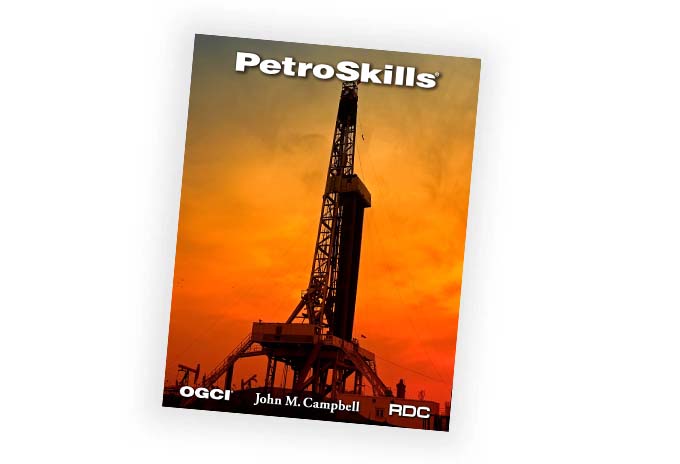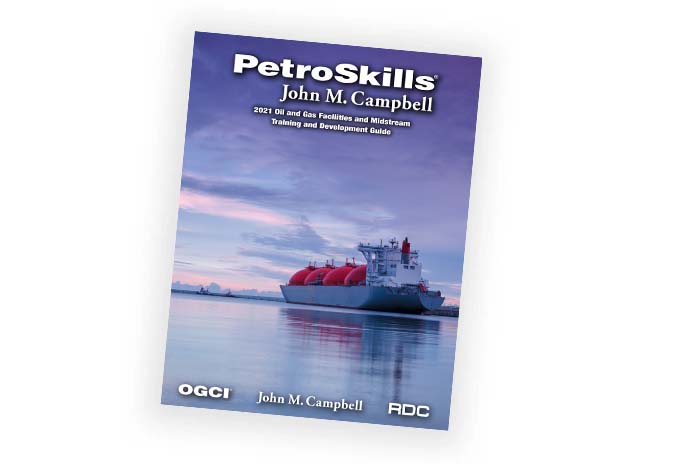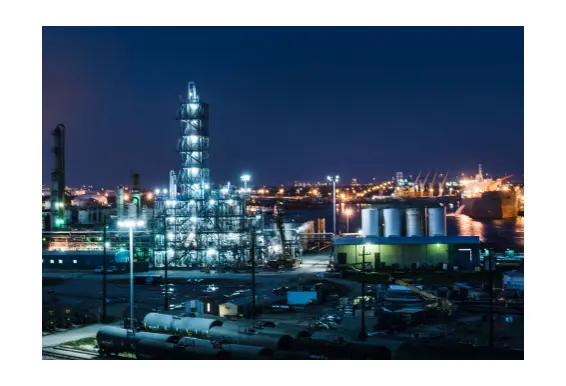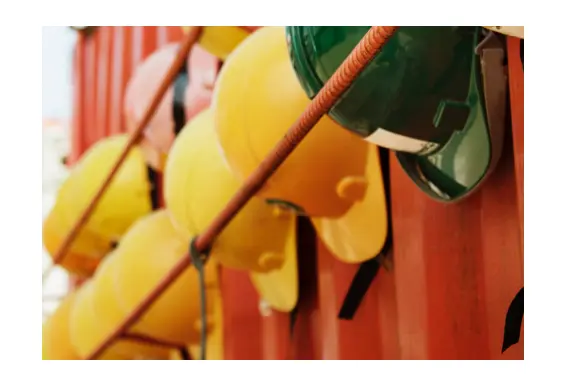Overview of Net-Zero and Renewables - NG-2 - eLearning series
About the Course
Globally there is an ongoing shift in energy production away from fossil fuels and towards energy sources that have lower carbon footprints. The primary objective of this course is to give an overview of the various available technologies with their pros and cons.
This course is approximately 14 hours of eLearning modules, and is available on demand. It covers the political and business drivers for reduction in CO2 emissions as well as an introduction to the various technologies being introduced and researched. This course is useful for anyone involved in the strategic planning and implementation of strategies that satisfy national and international and company requirements for reductions in greenhouse gas emissions in power generation environments.
This course is also available in a more in-depth classroom-based, instructor-led format
Target Audience
This training course is useful for all management levels and for anyone involved in the integration of low carbon power generation technologies into existing and future infrastructure.
You Will Learn
You will learn how to:
- Define the terms "Climate Change" and "Global Warming"
- Explain the history of global temperature and carbon dioxide levels
- Describe the difference between 20 year and 100 year global warming effects
- Identify who are the authorities and governmental agencies
- Describe the effect of greenhouse emissions and associated risks to the environment
- Quantify the effects of global warming and the predicted infrastructure requirements
- Describe how global business is affected by climate change policies
- Describe the Life Cycle Assessment process
- List the various power production alternatives
- Describe traditional power generation techniques
- Describe turbines and boilers
- Describe waste heat recovery processes
- Impact of GHG emissions
- Sources and characteristics of industrial CO2‐containing emissions
- Basic approaches to CO2 capture
- Steps in the chain from Capture to Storage or Utilization
- Cost of CO2 Capture, Transport and Storage
- Drivers and Restrainers to deployment of CCUS
- Be able to explain the various methods of hydrogen production
- Understand the concept of green hydrogen production
- Discuss safety and integrity issues with hydrogen transportation and storage
- Understand biomass derived fuels
- Explain the application and development of solar thermal power plants
- Discuss the practical usage of Solar Power technologies in industrial and domestic applications
- Describe the development of Photovoltaic (PV) technology over time
- Discuss the design and application of HAWT and VAWT wind turbines
- Calculate required wind turbine capacity based on power needed
- Calculate power available from the wind
- Choose appropriate sites for wind turbine installations
- Identify the key differences between onshore and offshore wind turbine installations
- Explain the advantages and disadvantages of offshore versus onshore wind turbines
- List the countries with the highest installed wind turbine‐based power generation capacity
- Describe the process of locating suitable sites for wind turbine installation
- Describe the construction process of installing offshore and onshore wind turbines
- Identify the various methods of energy storage for peak saving and capacity optimization
- Describe electric battery energy storage
- Describe grid storage considerations
- Describe liquid air energy storage
- Discuss compressed air energy storage
- Describe pumped power energy storage
- Describe gravity energy storage
- Understand the ‘real’ cost of renewable energy
- Gain a fundamental understanding of power supply and demand
- Gain a fundamental understanding of planning and costing of renewable energy
Course Content
The Drivers Behind Net-Zero
- Global warming - the case for and against
- Greenhouse gases – what are they and what do they do?
- Paris Accord / International Energy Agency / Intergovernmental Panel on Climate Change
- Environmental, Social, and Governance Risks (ESG)
Business Aspects of Renewables
- How big is big – how much hydrocarbon usage do we need to displace?
- Carbon net zero
- Energy costs
- Life Cycle Assessment
Existing Power Generation Technologies with Renewables
- Coal, Oil, Gas
- Traditional Power Generation
- Integrated Gas Turbine Combined Cycle
- Hydroelectric
- Nuclear Power Generation
- Generation I, II, III, IV
- Nuclear Safety
- Geothermal
- Ocean
- Mechanical
- Thermal
Carbon Capture, Utilization, and Storage Core
This skill module provides a 30,000‐foot view of the emerging field of CO2 capture from stationary industrial emissions sources – primarily combustion operations. CO2 capture is part of the so‐called “CCUS” chain – CO2 Capture, Utilization, and Storage – wherein CO2 is prevented from entering the atmosphere by removing it from flue gas or other vent streams, transported to an appropriate location, and injected deep underground into secure geologic formations or utilized. The content parallels the information covered in depth in course PF‐82 Carbon Capture from Stationary Industrial Sources. The focus of PF‐82 is on CO2 Capture technology – both commercial and emerging – and the background science.
Alternative Fuels
- The hydrogen rainbow
- Electrolysis and Pyrolysis
- Biomass
- Ammonia
Solar Power Generation
- Concentrated Solar Energy
- Concentrated Tower
- Parabolic Trough
- Stirling Engine
- Photovoltaics
Wind Power
- Horizontal Wind Turbines
- Vertical Wind Turbines
- Siting
- Sizing
Energy Storage
- Electric Battery
- Compressed/Liquid Air
- Hydroelectric
- Gravity
Coherent planning for the future
- Learning from planning failures
- The future of fossil fuel production
- Integrating electrical generation
- Predicting the cost of generation
Product Details
Disciplines:
Multi-Discipline TrainingLevels:
BasicProduct Type:
CourseFormats Available:
On-DemandAdditional
Request a Public Session
If you are interested in a public session of this course, please click the button below to request it.
Request Public SessionIn-House Training
This course is also available upon request as a private, on-site seminar. Contact us for details and pricing.
Request In-House TrainingNeed Help
Contact us if you have additional questions about how to register for or attend this course.
Contact Us



